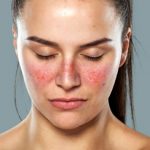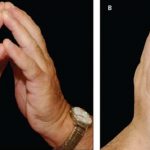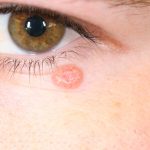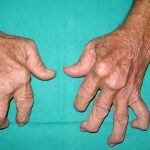Hot Flashes

Sure, you can get hot flashes even in your younger years, since these intense moments of elevated temperature are caused by hormonal changes; but perimenopausal hot flashes can be extreme and more frequent.
Hot flashes can extend from the forehead to the toes and leave you covered in sweat. Your face may also become red and blotchy. Some women will experience hot flashes in the middle of the night and be woken up by them, leading to more fatigue during the day.
You can do a few things to reduce the chances of triggering a hot flash, such as limiting alcohol consumption, smoking, caffeine, and stress. Try to decrease your intake of spicy foods, as well. Some women find that cooling clothing and pillows can help them sleep better in the evening, too.
More from Things Health
-
10 Early Signs of Lupus
Lupus is categorized as an autoimmune disease wherein the immune system turns upon itself and attacks various parts of its body, including the joints, the…
-
6 Warning Signs of Pre-diabetes
Diabetes is without a doubt one of the most common diseases in the United States. According to the American Diabetes Association, almost 10 percent of…
-
Signs and Symptoms of Liver Damage
There are a variety of different causes of liver damage. For some, it is caused by genetics, making an individual prone to it, exposure to…
-
Warning Signs and Symptoms of Non-Melanoma Skin Cancer
Non-melanoma skin cancer is a type of cancer that starts in the cells on the skin, the body’s largest organ. There are two type of…
-
Symptoms Of Rheumatoid Arthritis
Rheumatoid arthritis is a chronic autoimmune illness, which accompanies irritation of the joints and apparent deformities. Maybe a virus, causes an attack on the synovium…






